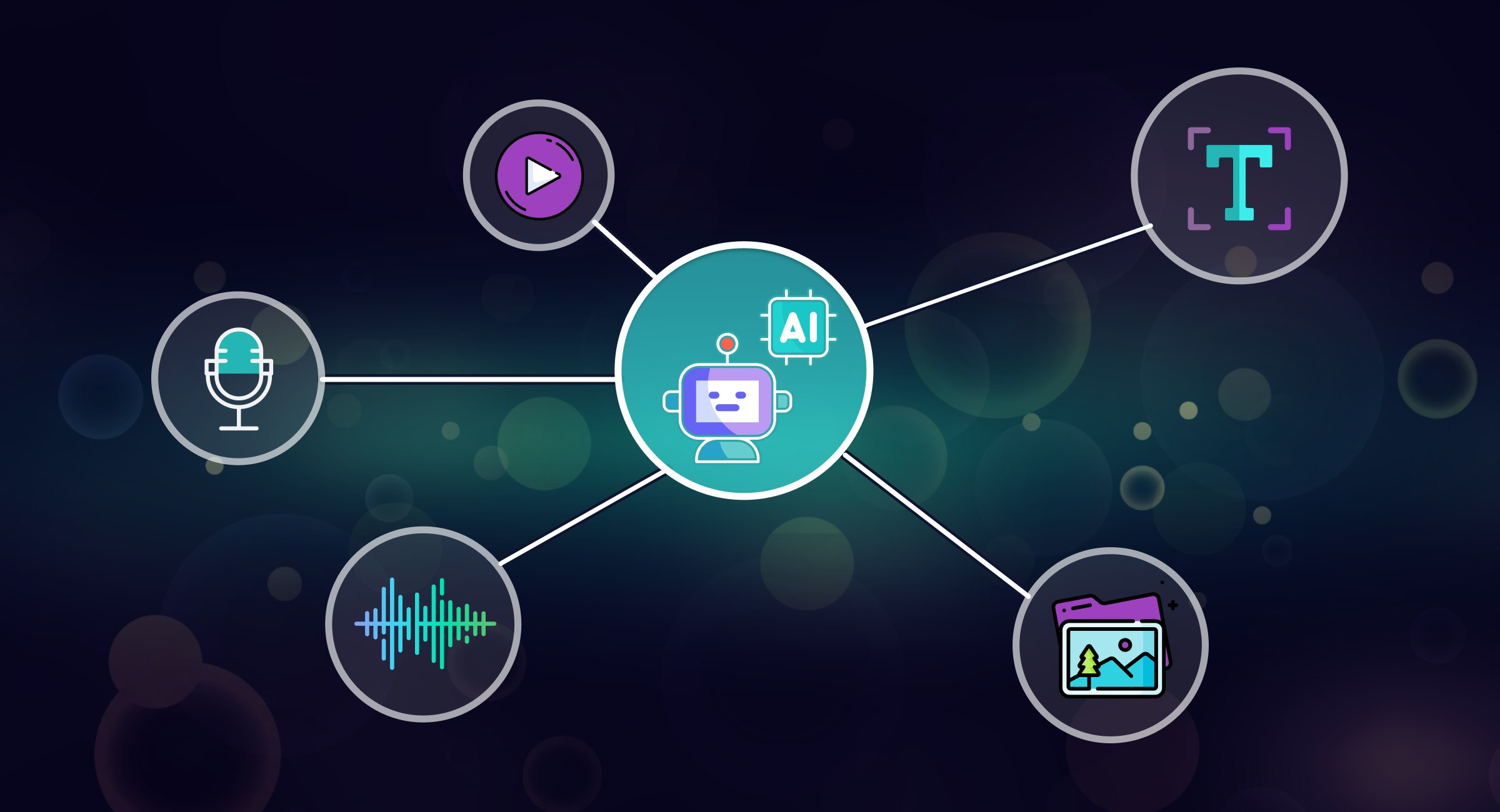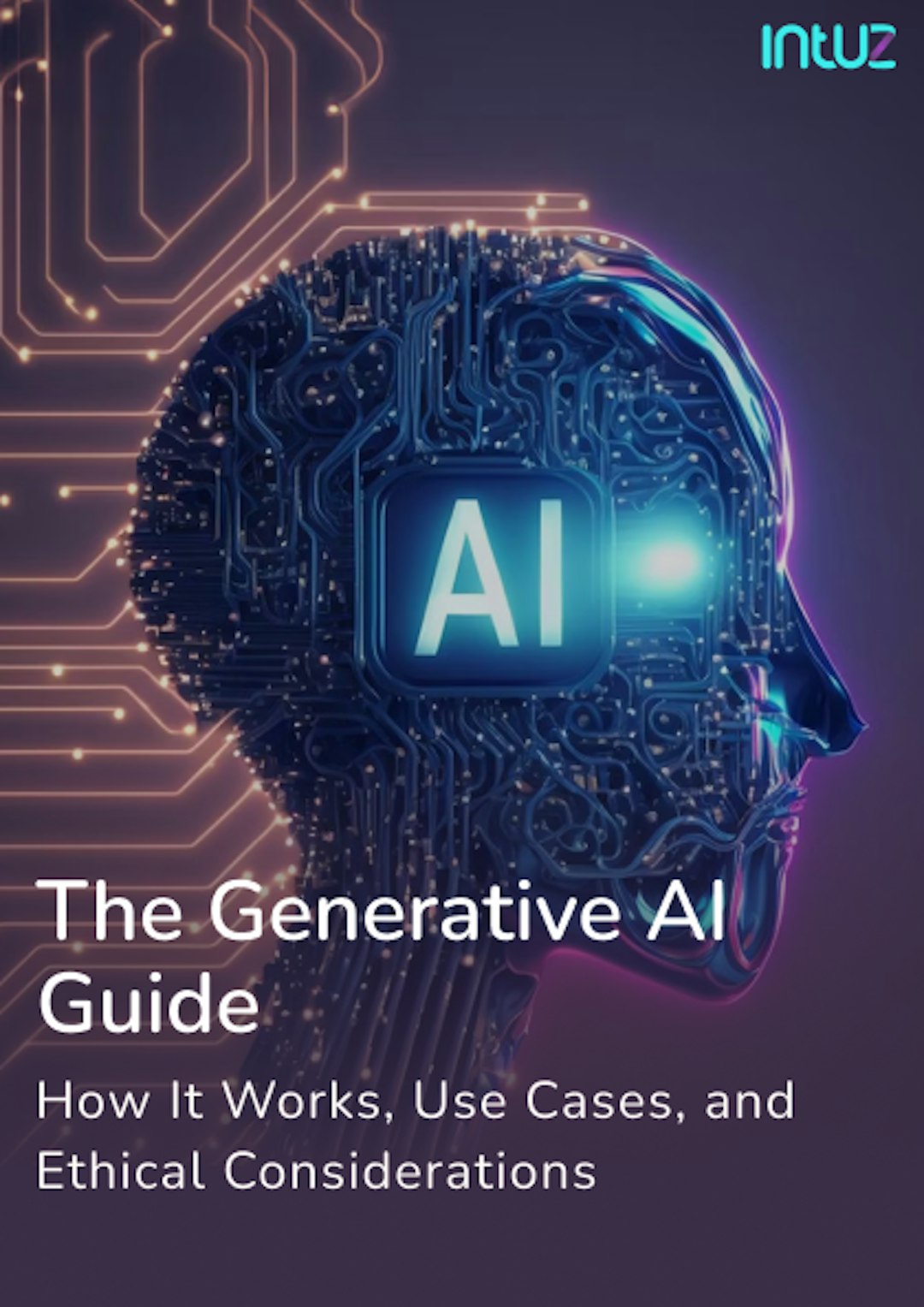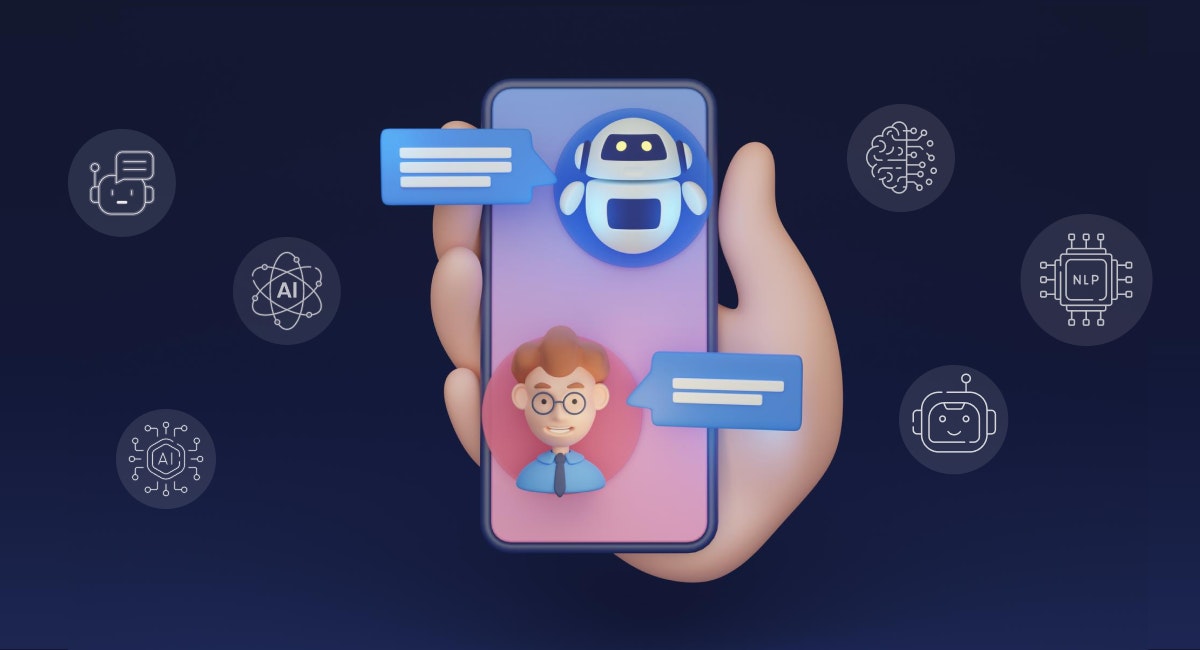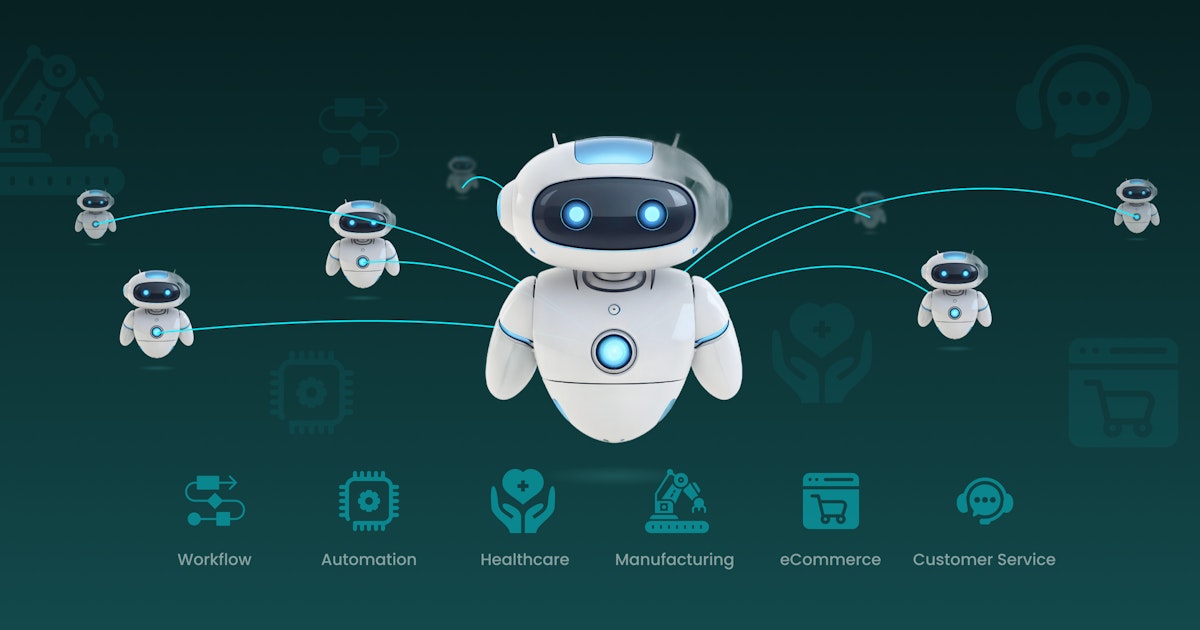Table of Content
Booking a flight through the chatbot on a travel website has become relatively common.
However, consider a chat assistant that processes a spoken query request and suggests extra activities or relevant promotions based on an image of the destination being booked.
This fluid integration of voice, text, and image data is what multi-modal AI excels at—and indeed, what enterprises need to be capable of to understand different customer contexts in today’s dynamic environment.
The numbers speak for themselves.
Research shows that businesses integrating AI across operations saw productivity boosts of up to 40%, while the global market for multi-modal AI applications is set to hit $4.5 billion by 2028.
This isn’t just about speeding up a few processes—it’s about revolutionizing the way businesses operate, from customer management to marketing to financial monitoring.
In this blog post, we’ll briefly overview how multi-modal AI can give enterprises of all sizes a competitive edge.
What is Multi-Modal AI and How Does It Work?
As the name suggests, multi-modal AI is a type of AI that can process, understand, and respond to multiple types of data simultaneously.
You can compare it to how humans use multiple senses simultaneously to experience the world around them—only multi-modal AI does it exponentially faster and at much higher scales.
Depending on the type of system, multi-modal AI can process text, video, images, sounds, scans, numbers, or sensory data to reach conclusions and offer insights.
Advantages Over Single-Modal AI Systems
Multi-modal systems have several advantages over the traditional single-modal AI we’re used to, including:
- More intuitive and human-like interactions
- Deeper insights that draw from multiple data types and layers
- Higher versatility of application across industries and contexts
- Greater accuracy in predictions by taking more factors into account
How to Build Multi-AI Agent System!
Learn MoreHow Multi-Modal AI Works
While custom AI solutions all have their own workflows, multi-modal AI at its core relies on three steps:
- Input: The AI system gathers data from various sources, such as text queries, documents, images, videos, scans, music, or spoken language.
- Fusion: The AI converts each data input into a format that it can process and then uses advanced algorithms to combine that data, form connections among them, and reach an understanding of the whole.
- Output: Based on this understanding, the AI system delivers an output in the form of recommendations, actions, or generated content.
Key Industry Applications of Multi-Modal AI
1. Healthcare
Multi-modal AI tools can combine data from various sources to improve diagnostic accuracy, streamline patient care, and address many of the complex challenges facing healthcare today. Some of its applications include:
- Medical imaging and diagnosis: Interpreting data from diverse imaging modalities (MRIs, CT scans, and X-rays) with patient histories and other variables to provide accurate diagnoses and identify early indicators of various conditions
- Virtual health assistants: Creating a smooth patient interaction workflow by asking about symptoms, receiving image uploads, asking follow-up questions, and then using the data to recommend them to the right practitioner
- Drug discovery: Reduced timelines for drug development through custom AI models that can interpret large volumes of biochemical, clinical, and genomic data to predict which drug compounds are most likely to combat specific diseases
IBM Watson Health leverages multi-modal AI to analyze medical data and deliver deep insights on cancer treatment. Google DeepMind’s AlphaFold has delivered significantly on protein folding predictions, enabling more innovative drug discoveries.
2. Retail and Ecommerce
Multi-modal AI designed by AI agent development services has led to exponential leaps in the way retail and eCommerce brands offer personalized and engaging customer experiences. Applications include:
- Product recommendations: Analyzing shopping behavior such as browsing history and purchase reviews to predict similar or complementary products that a customer might like
- Visual search: Studying reference images that the customer uploads and locating the same or similar products for them to buy online
- Customer support chatbots: Reviewing voice, text, and image inputs to get the full context of a customer query and delivering the most relevant solution
Currently, Amazon Rekognition supports visual search and object recognition for products in images, while Shopify AI Tools enable highly personalized recommendations and customer service enhancements.
3. Finance
Custom multi-modal systems designed by an AI development company can enable finance companies to make faster and more accurate decisions based on diverse data types. Use cases include:
- Fraud detection: Identifying complex patterns of transactions and customer behavior that could indicate fraud and then proactively flagging those acts
- Sentiment analysis: Processing and cross-referencing text data from financial reports, news items, and social media with market behavior data to offer valuable sentiment-based insights for analysts and traders
- Credit scoring: Combining both structured and unstructured data on a borrower’s financial behavior to accurately assess their creditworthiness
- Chatbots: Offering intelligent customer support on topics like financial goals or recommended spending/saving patterns
BloombergGPT, for instance, offers highly accurate sentiment analysis and financial trend predictions. Kensho AI is another AI-powered tool designed for credit scoring and risk management.
4. Manufacturing
Manufacturing is one of the industries where precision and efficiency matter the most, and multi-modal AI amplifies that with its ability to integrate data from diverse sources. The use cases include:
- Quality control: Analyzing camera data, sensor readings, and operational logs to identify any defects or inconsistencies in the production line in real-time
- Predictive maintenance: Processing data to identify patterns that could indicate wear and tear, such as vibrations that could indicate a defect in a specific component, enabling proactive repair
- Process automation: Integrating textual instructions and sensor/image data to handle production flow and control machinery behavior for optimal efficiency and enhanced resource utilization
Siemens MindSphere is an example of a platform that uses multi-modal data to optimize manufacturing processes and predict maintenance needs. IBM Maximo is another AI-powered solution that offers predictive maintenance insights by integrating data from images, sensors, and logs.
5. Logistics and Supply Chain
There is considerable scope for logistics and supply chain businesses to streamline their operations using a multi-modal system designed by an AI development company. Applications include:
- Inventory management: Processing warehouse sensor data, historical sales data, and real-time stock images to offer accurate insights into inventory levels and conditions
- Route optimization: Analyzing geospatial data, weather conditions, vehicle/package constraints, and real-time traffic updates to suggest the most efficient routes for each delivery
- Autonomous vehicles: Leveraging sensor, visual, and geospatial data to help the autonomous vehicle navigate complex environments and make real-time decisions, such as avoiding obstacles on the road
FedEx’s AI tool uses multi-modal AI to combine package tracking, route optimization, and delivery schedules. Another tool, Project44, uses AI to improve inventory forecasting and enhance supply chain visibility.
Read: AI in Supply Chain Management
Best Examples of Multi-Modal AI in Action
1. Claude 3.5 Sonnet
Developed by Anthropic, Claude 3.5 Sonnet processes textual user prompts, data uploads, and contextual references to generate highly nuanced responses. This makes it ideal for ideation, content creation, and tailored assistance.
2. DALL-E
DALL-E by OpenAI generates custom images from textual descriptions, making it easier than ever to visualize concepts and ideas. It’s become one of the most popular tools in the design and advertising space.
3. GPT-4
GPT-4 by OpenAI allows users to upload images along with their text prompts and processes to deliver highly contextualized outputs. It has multiple applications in accessibility, education, and customer support.
4. Gemini
Google’s Gemini AI combines textual and image data with reinforcement learning to execute complex tasks. This makes it ideal for providing holistic search results and personalized experiences. Check out our blog on Med Gemini.
5. ImageBind
ImageBind by Meta aligns multiple data types in a single embedding space and infers connections without requiring manual pairings. This makes it invaluable for cross-modal creativity in industries such as augmented reality.
6. Gen-3 Alpha
Runway’s Gen-3 Alpha generates detailed, editable videos based on text prompts, thus dramatically reducing the time and money involved in video content creation.
Explore Custom AI Solutions from Intuz!
Explore SolutionsFinal Words
This discussion clarifies that multi-modal AI has much to offer in terms of enriching insights, boosting prediction accuracy, and shortening delivery timelines.
Therefore, if you’re considering investing in AI agent development services, we recommend partnering with a team with multi-modal AI experience.
That’s where Intuz enters the picture.
With decades of expertise, we take the time to understand your technical challenges, operational intricacies, and long-term goals.
In a no-obligation, one-hour session, we’ll focus solely on your business needs—no fluff, no sales pitches. Plus, you’ll receive a complimentary roadmap tailored to your objectives.
Need more convincing?
We recently built a Generative AI Application for a client that seamlessly chats and collaborates across documents in multiple languages.
We also proudly developed an app that could understand different types of digital documents like PDFs, Word files, and plain text—along with a chat powered by AI.
Schedule a free consultation with our expert AI team today!
The growth journey might feel like a climb, but you’ll be one of the enterprises that enjoy the advantages of early adoption. And with industries everywhere becoming ever more complex, you’ll need all the advantages you can get. Good luck!






